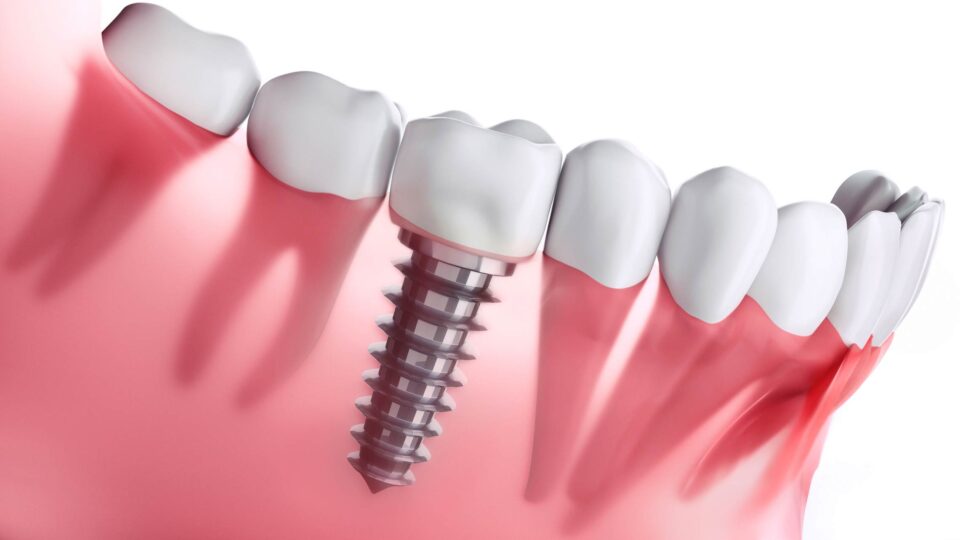Dental implants are replacement tooth roots that provide a stable foundation for artificial teeth. They can secure dentures and bridges to enhance your mouth’s bite function. Dental implants can support crowns and improve the appearance of your teeth. You can consult a New York director of clinical strategy for oral health assessments and implant procedures.
How do implants work?
Dental Implants are designed to replace the tooth’s root and fuse with the jawbone. Titanium is one of the leading biocompatible materials for fabricating implants.
Titanium is an ideal choice of material for its osseointegration characteristics. That means it fuses with the underlying bone to provide stable support for the tooth’s prosthetic. Titanium is also bioinert, meaning it does not react with the surrounding tissue.
Dentures and bridges can be uncomfortable for some patients. They cause sore spots and can affect speech and the patient’s bite.
Dental implants provide a stable alternative for restoring bite function and enhancing speech. Unlike dentures or bridges, they do not require attachment to surrounding teeth. The free-standing implant can be convenient in many situations where one or more teeth are missing.
Are you an ideal candidate?
You must have healthy teeth and jawbone to undergo the implant procedure. The treatment may not be ideal for you if you have a condition that may affect bone healing.
Your provider will evaluate the bone density and volume during the initial evaluation. If your bone has deteriorated due to tooth loss, your specialist will recommend bone grafting. Grafting involves extracting bone material from another site in your body to augment the jawbone.
If you are a smoker, your provider may recommend you kick the habit before the dental implant procedure. Nicotine in tobacco constricts blood vessels and impacts the healing process.
Dental implant procedure
The dental implant procedure comprises multiple steps with recovery time between the phases. Depending on your diagnosis, it can take several months to complete.
The process begins with your dental specialist making an incision on your gum tissue to remove the damaged tooth. Sometimes a piece of the tooth is still lodged in your gums and must be extracted before commencing the surgery.
Bone grafting is the next step for patients with jawbone loss. Bone augmentation ensures enough support for the titanium root and artificial tooth.
Before inserting the implant, your dental surgeon will make an incision on the jawbone for the implant. The titanium post is placed on the gum and allowed to heal.
After the titanium root integrates with the jawbone, an abutment is placed on top of the post. The abutment provides the connection between the crown and the implant.
The final step involves placing a crown on the abutment. Your provider will choose a crown that complements the color of your teeth.
Your dental surgeon may schedule follow-up visits to monitor your progress. The jawbone should heal and improve your facial structure and bone support. In case of any anomalies, your provider will treat the problem promptly to minimize oral health complications.
Contact Dr, Anna M. Munné, DDS, to schedule an appointment today.

